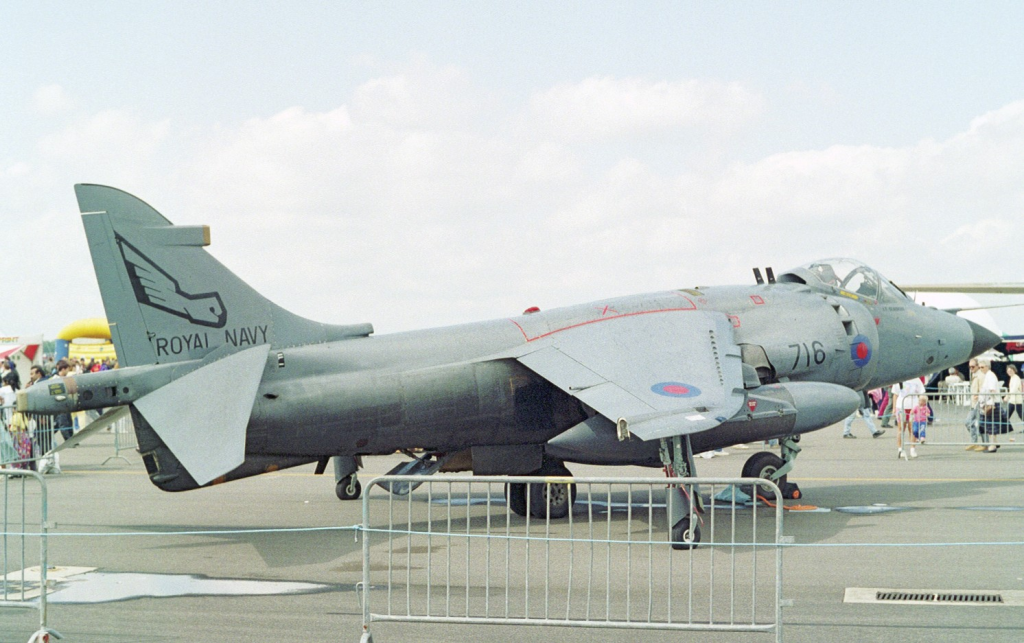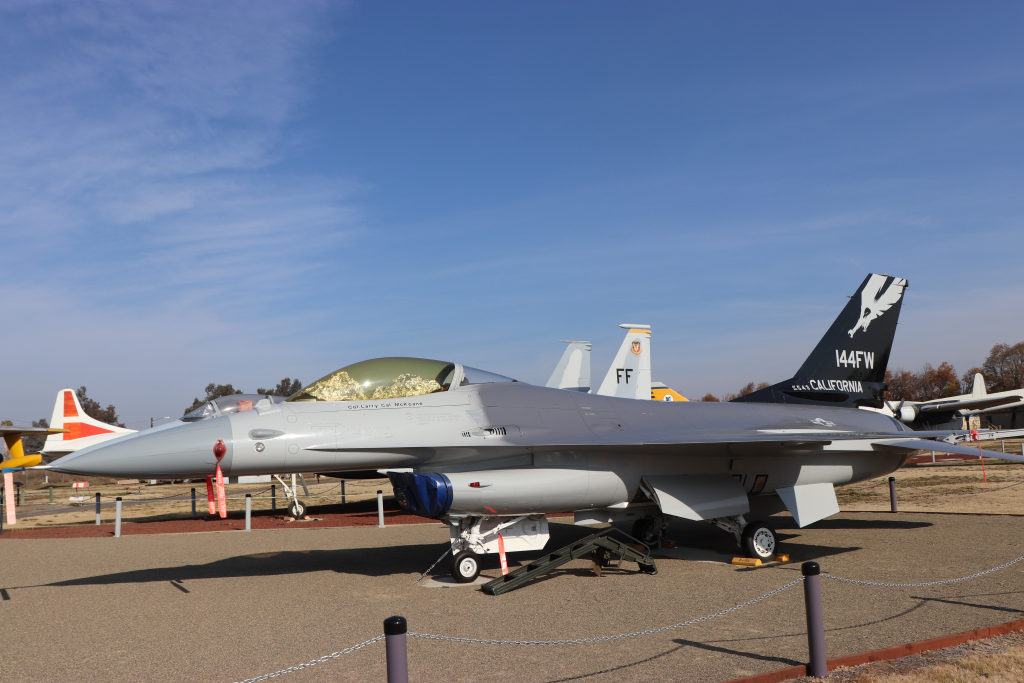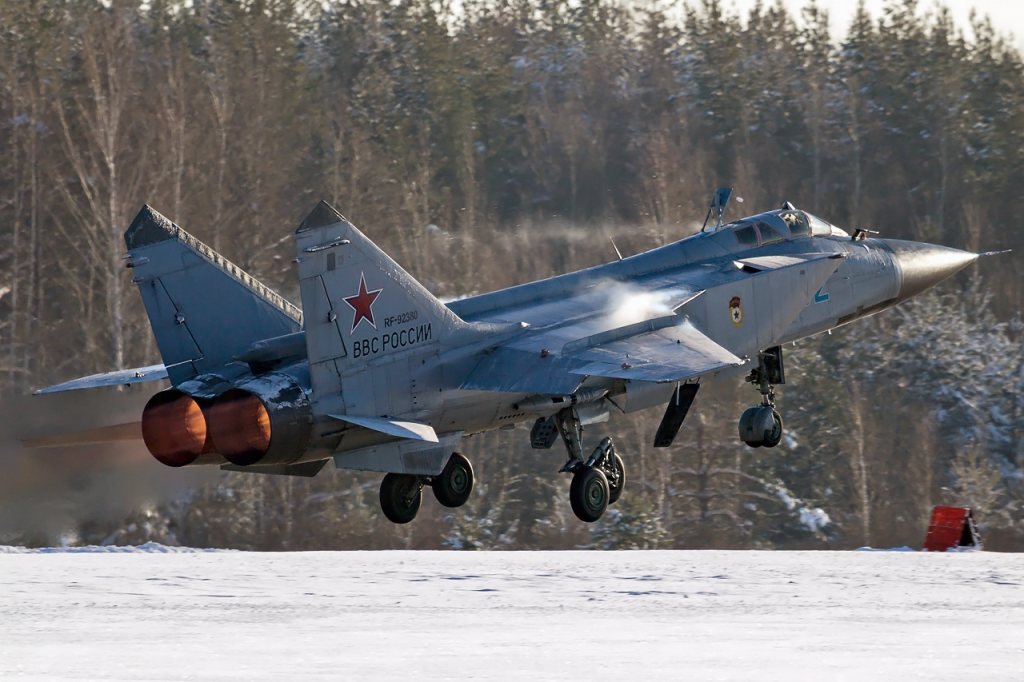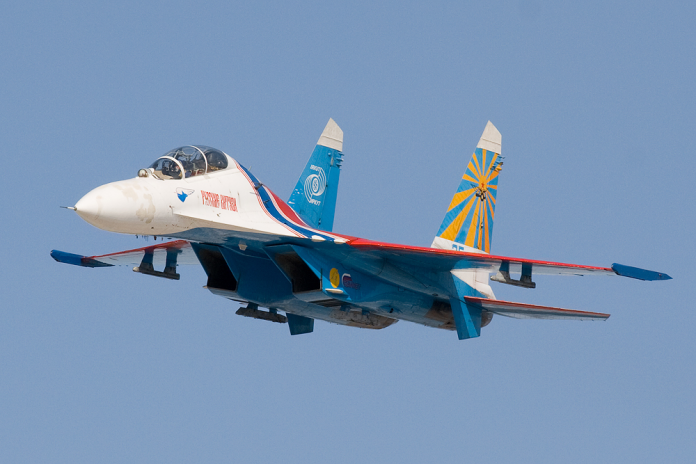
Is it possible for a fighter aircraft to remain undefeated in air-to-air fighting? In the ruthless sphere of air warfare, where technology, skill, and fortune converge, even the most advanced aircraft are subject to immense risks. Nevertheless, some have managed to establish for themselves images of invincibility, creating records of combat with no reported loss in air battles.
These planes are not just engineering wonders they are symbols of strategic brilliance, flying ability, and unrelenting innovation. They range from Cold War icons to modern stealth stalkers, and each has a story that marries combat performance and design perfection. This top seven presentation considers seven such aircraft, describing the performance, histories, and operational environments that have made them invincible in the skies.

1. F-15 Eagle – The Benchmark of Air Superiority
The McDonnell Douglas F-15 Eagle, released in 1976, became the very definition of air superiority within a record timeframe. With an officially confirmed 104 air-to-air wins and zero losses while dogfighting, its success is due to a combination of high speed, maneuverability, and combined avionics. The Eagle’s AN/APG-63 radar provides beyond-visual-range firing, and its thrust-to-weight ratio enables vertical acceleration close to takeoff.

The legacy of the plane is backed by pilot training intensity. Retired pilot Colonel Cesar “Rico” Rodriguez says that intense, high-intensity training was the key to maintaining its undefeated record. Maintenance crews matter too Senior Master Sgt. Ryan Schettler emphasized the “all in” work required to keep the jets mission-capable. The F-15EX Eagle II, with a capacity to carry over 13.5 tons of ordnance, will seek to carry this legacy far into the future.

2. MiG-29 Fulcrum – Soviet Agility Meets Combat Supremacy
Conceived by the Mikoyan Design Bureau in the late 1970s as a counter to the F-15 and F-16, the MiG-29 entered service in 1983. Equipped with twin turbofans and highly responsive handling, it has done well in close-range dogfighting. Operators such as Russia and India have incurred no reported air-to-air combat losses in major wars.
One stunning exhibition of its ability was during a training exercise when a German MiG-29 was matched against an American U.S. Navy F-14 Tomcat. The combat caught the Fulcrum’s agility, although tactical nous eventually prevailed Captain Sam “Slammer” Richardson outmaneuvered his opponent by anticipating bold action, over-stressing the MiG-29’s airframe and forcing it to disengage.

3. British Sea Harrier – Vertical Takeoff, Vertical Victory
The BAe Sea Harrier FRS.1, the world’s first operational V/STOL naval fighter, made history during the 1982 Falklands War. Twenty-three Argentine planes were destroyed in air-to-air combat without any loss of a Sea Harrier in air-to-air combat. Its vertical carrier takeoff capability gave rapid response and unguessable positioning.
As Admiral Sir George Zambellas observed, Sea Harriers gave the British task force a “battle-winning edge” in battling an enemy force nine times larger than itself. Pilots made it a habit to fly over 50 sorties, over 300 miles from carriers, in hostile weather conditions. The Blue Fox radar on the aircraft and AIM-9L Sidewinder missiles were the turning points in the air combat of the war.

4. Su-27 Flanker – Russia’s Long-Range Fighter Champion
Designed to counter Western warriors like the F-15, the Sukhoi Su-27 combined speed, maneuverability, and firepower. Before Russian invasion of Ukraine, it enjoyed a flawless air-to-air record, including the 1997–98 Eritrean-Ethiopian War when Ethiopian Su-27s destroyed four MiG-29s with no losses.
Its spacious wings and high-power engines make for tight turns and long-duration supersonic flight, and extended-range missiles allow engagements before the enemy has a chance to counterattack. Albeit recent setbacks, the Su-27’s record prior to Ukraine is a testament to pilot proficiency and engineering.

5. F-16 Fighting Falcon – Versatility With a Perfect Edge
The General Dynamics F-16 has been flown by over 25 air forces worldwide, with 76 air-to-air victories and no documented dogfight loss in the histories of some operators. Its light airframe, fly-by-wire flight control system, and highly adaptable mission profile make it a favorite for air superiority and ground attack missions.
F-16’s bubble canopy offers greater visibility, and its radar capabilities allow for multi-target tracking. Its combat track is upgraded by wide pilot familiarity and constant updating, which renders it relevant decades after its release.

6. F-22 Raptor – Stealth Supremacy in the Modern Age
Lockheed Martin F-22 Raptor is a personification of the “first shot–first kill” philosophy. With stealth technology, supercruise capability, and cutting-edge AESA radar, it stands unrivaled in military training exercises and restricted combat operations. A mere 186 were manufactured, of which about 150 are operational, leading to operational concepts like Rapid Raptor to position aircraft all over the globe in 24 hours.
Despite fleet numerics problems, networking with F-35s and commanding fourth-generation jets as an “aerial quarterback” enhances its battlefield capability. As would be explained by General Sergei Surovikin’s counterpart in U.S. doctrine, the Raptor’s survivability and precision strike ability generates safe air lanes for allied troops.

7. MiG-31 Foxhound – Peerless High-Speed Interceptor
The MiG-31, which superseded the MiG-25, entered service in 1981 as a dedicated interceptor. It had a maximum speed of Mach 2.83 at high altitude, was the world’s first combat aircraft with a passive electronically scanned array radar, and could simultaneously track ten and attack four targets. Its purpose: to defend vast tracts of Russian ground from bombers and cruise missiles.

Upgraded MiG-31BM variants are armed with R-37M 150 km missiles and enhanced Zaslon-AM radar. Some variants, like the MiG-31K, launch Kh-47M2 Kinzhal hypersonic missiles, increasing their strategic capabilities. Despite decades of combat use, no Foxhound has ever been reported destroyed in air-to-air combat.
These seven planes prove that an unbeaten air war record is not solely the product of high-level engineering. It is the product of extensive pilot training, strict maintenance, tactical innovation, and the ability to adapt to evolving threats. While future wars can challenge these legacies, their histories remain benchmarks in military aviation, imparting enduring lessons in the interplay between technology and human ability.


